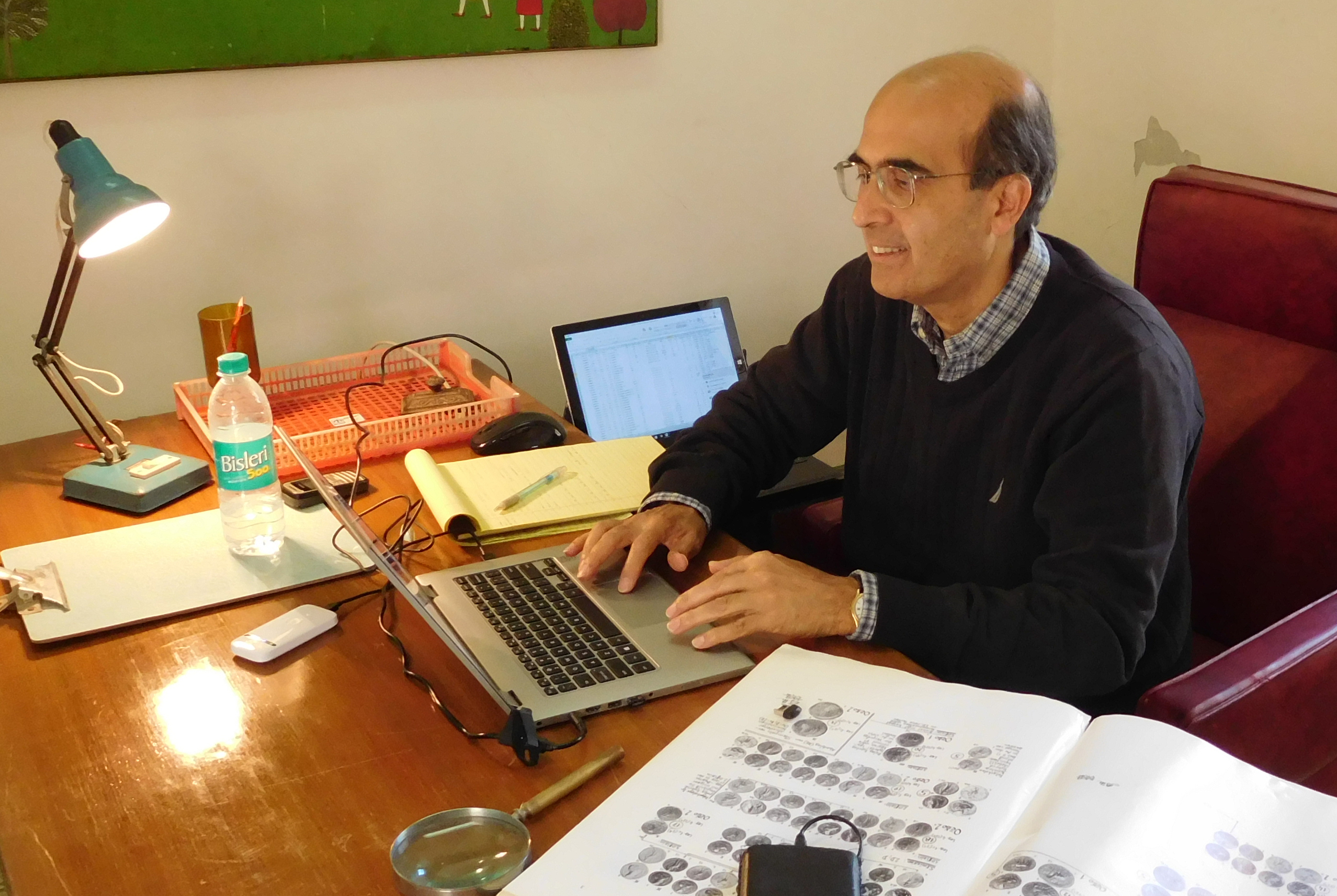Deciphering history, one coin at a time
Pankaj Tandon, a Harvard-trained economist, is a numismatist by calling. Poring over inscriptions and icons on old Indian coins, the academic has gathered enough evidence to put one forgotten dynasty on the Silk Route—the ancient trade route between the East and West—back on the map. And he is working on finding details about well-known dynasties as well—all from coins.
The detour into history was unplanned. Originally, the economist viewed ancient Indian coins simply as an investment. The price of cultural memorabilia is relatively low in developing countries, says Tandon, who teaches economics at Boston University.
“As the country becomes wealthier—its value skyrockets,” he says.
Back in the 1990s, India looked to be poised for growth. In 1998, Tandon bought his very first coin, which was probably issued around the time of Asoka the Great. But he learned that the Maurya dynasty had minted millions of coins, and many survived—so the coin was not as rare as he had thought.
As Tandon learned more, he created the virtual museum CoinIndia.comto promote an appreciation of coins from the subcontinent. Indian coinage goes back a long way—the first coins appeared about 2,500 years ago near present-day Patna. The designs, which evolved over time, reveal many influences—from Ancient Greece, Rome and Persia. So, plenty of variety here.

